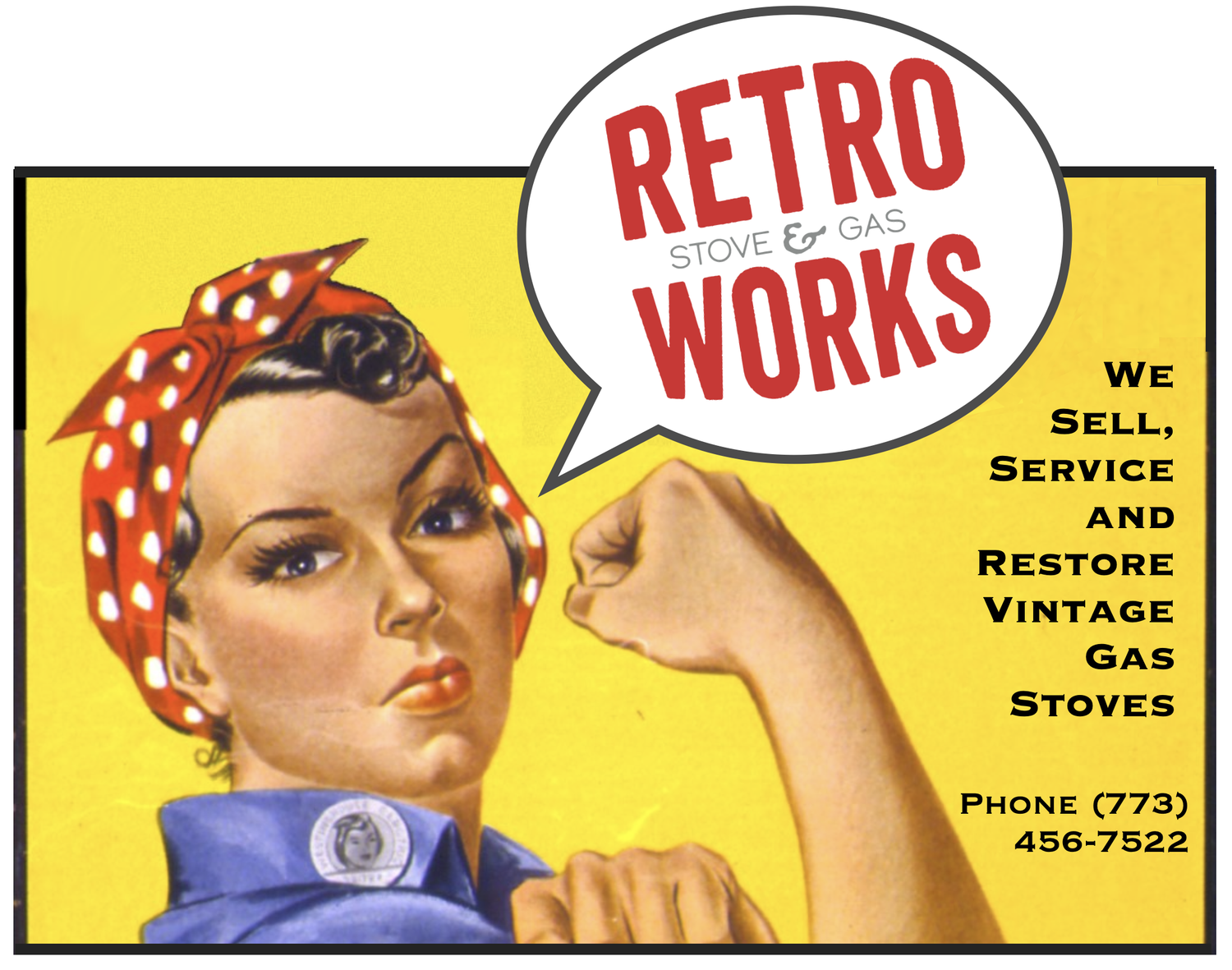Should I Switch to an Electric Stove?
Rebecca Leber at Mother Jones recently published an article arguing that gas stoves are both dangerous and being foisted upon us by Big Gas (and their PR firms). There’s no doubt that the natural gas industry lobbies for gas stoves (and water heaters, and furnaces), but gas ranges offer several real benefits to home cooks. For one, cooking over gas is a far superior experience to cooking over an electric coil. (Check out this blog post that describes a vintage Chambers stove owner’s experience temporarily using an electric stove.) Gas prices are typically lower than electricity prices and less volatile to boot. And it’s important to remember that the move towards gas ranges started in 1800s, at a time when many households were cooking on coal- or wood-burning stoves. There’s no question that gas-powered stoves are cleaner, safer, and easier to use than their predecessors.
For new builds with brand-new stoves, it may make sense to plan for electric cooking. But giving up a retro gas stove in favor of an electric range would be a downgrade in several respects, including:
1) Electric alternatives to gas stoves use fossil fuels, too. While some of our electricity is produced through renewable resources like solar and wind, most is still generated with steam turbines using fossil fuels (including natural gas!). In 2020, 40% of electricity generation in the United States was sourced from natural gas while 19% was sourced from coal.
2) Electric stoves may require a costly electrical panel upgrade and cost more to run long-term. Updating an older electrical panel to accommodate a new electric stove costs an average of $1,475 – and that’s before you get your first electric bill. Running an electric stove consumes about twice as much energy as a gas stove, costing you more every single month.
3) Electric stoves also create indoor air pollutants. Electric coils can produce ultrafine particles when first turned on, and all cooking, regardless of your type of range, will release fine particles, organic chemicals, and other pollutants into the air. Good kitchen ventilation is key. We always recommend using a high efficiency range hood that vents outdoors (rather than recirculating the air). Keep your hood on its highest setting if using more than one burner, frying foods, or cooking on the front burners. If your hood only recirculates air, make sure to open nearby windows or turn on another exhaust fan in the house when you cook.
Most retro stoves have ovens that are 1/3 to 1/2 the size of a standard modern 30” range’s oven (both gas and electric). This smaller, more optimal size results in far less energy consumed and fewer pollutants released while still providing enough space for even big cooking projects, like a Thanksgiving turkey. Chambers brand kitchen stoves and select Maytags use "Retained Heat" cooking, which requires just a few minutes of cooking "with the gas turned on". No modern gas or electric stoves offer this feature!
4) Electric stoves have their own unique dangers, including fires and outages. The National Fire Protection Association (NFPA) reports that electric stoves are responsible for nearly 4 times as many fires as gas stoves. In structure fires caused by a range or stove, electric stoves were responsible for 3.4 times as many deaths as gas stove fires. Power outages, which are becoming more frequent due to climate change, can leave electric stove owners without a way to cook for days at a time.
5) Vintage gas stoves have the smallest carbon footprint. Vintage gas stoves are THE most carbon-friendly kitchen stoves available! When you buy an older range, you prevent the extraction and consumption of fuel and other resources used to create a new range. Built to last through simple yet robust construction, quality materials, and mechanical repairability, properly serviced retro stoves will easily last another half century. Contrast that with currently made kitchen ranges, averaging a mere 10-15 years until replacement. But that's not all - some retro stoves were actually designed to be ultra energy-efficient thanks to Retained Heat cooking, which saves you money and significantly reduces your household's carbon footprint.
